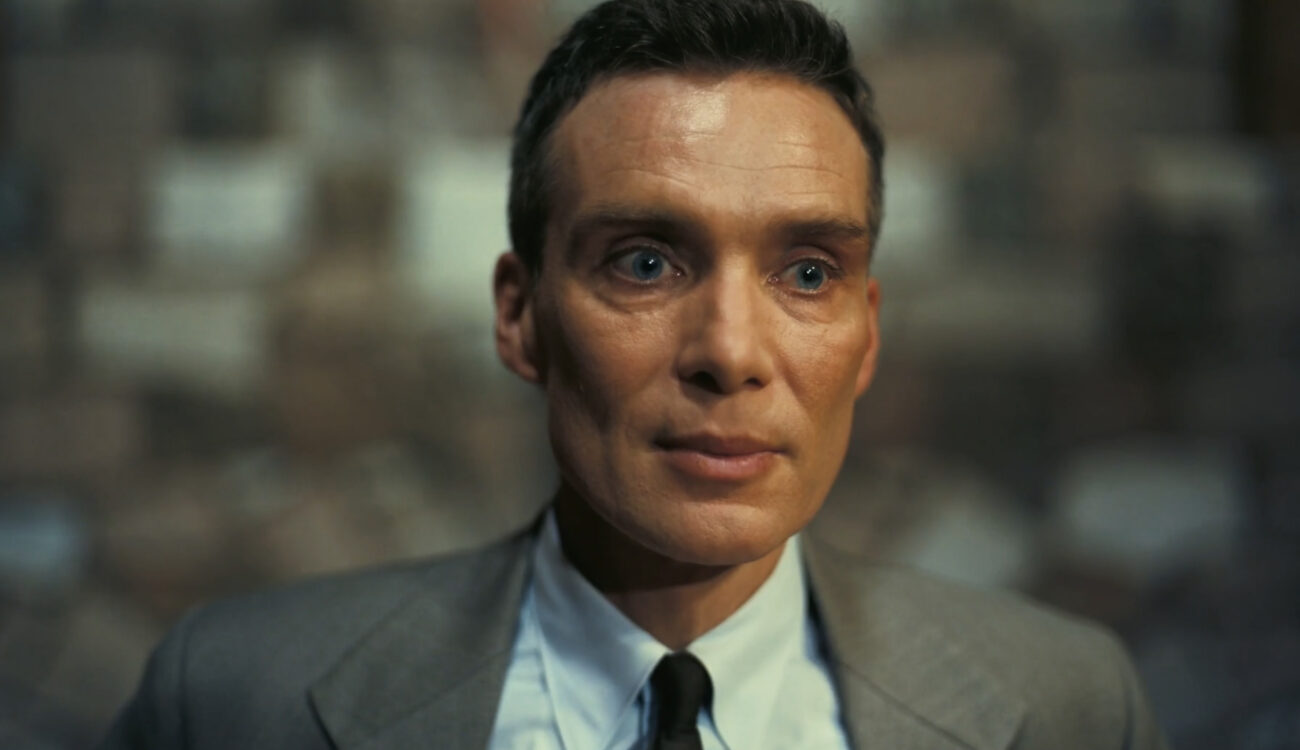
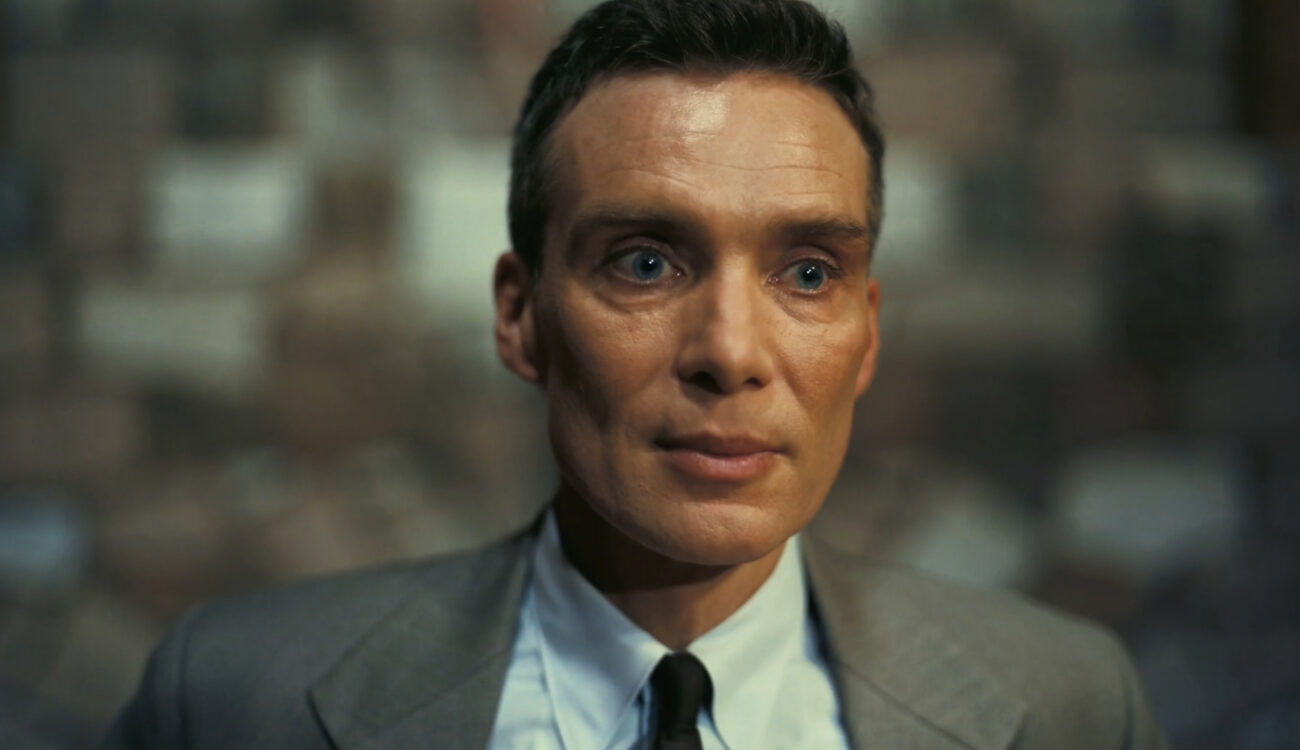
A good piece of art lets you connect with it and changes you in some way. Is it possible, though, to connect with the contradictory figure of the atom bomb inventor? Looking into the magnetic eyes of Cillian Murphy, I tend to say “Yes”. In “Oppenheimer”, renowned writer-director Christopher Nolan shows us not just a biopic, he explores the far corners of the physicist’s riddled mind and does it – as usual – with style and brilliance. Together with his DP Hoyte van Hoytema, they developed an emotional camera language where close-ups of Oppenheimer became the central tool of visual storytelling. Here, we take a look at the technical side and all the challenges this decision brought with it.
Not only did “Oppenheimer” mesmerize millions of cinema visitors last summer, but also the epic got 13 Academy Award nominations, leading this year’s Oscar race. The film competes in all the major categories including Directing, Cinematography, Best Picture, Film Editing, and three Actor divisions. While to some degree “Oppenheimer” seems to be an untypical movie for Nolan (for one, we didn’t leave the theatre with a jumbled mess of thoughts and puzzled looks), it still carries a lot of his creative handwriting. As an example, extreme attention to important details resulted in emotional yet very challenging close-ups of Oppenheimer.
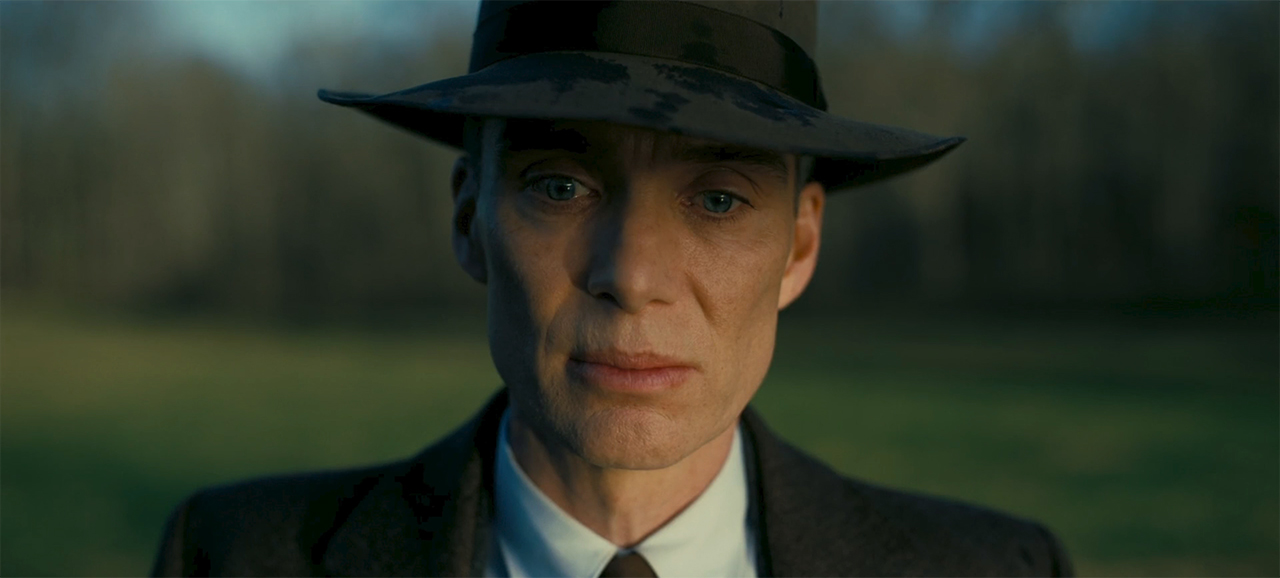

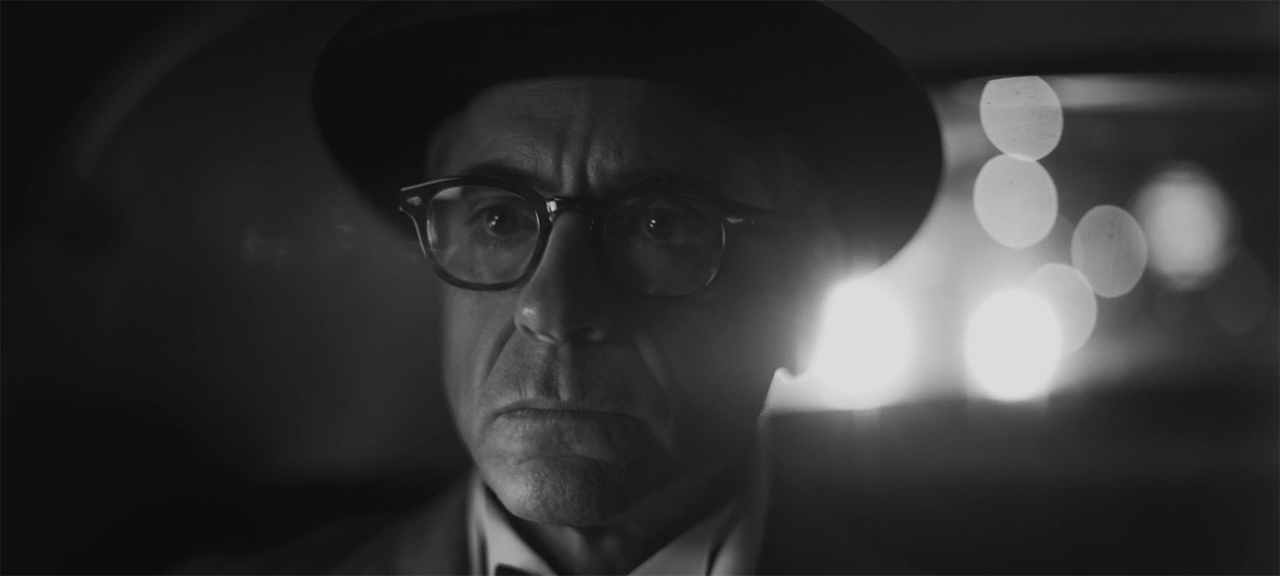
In the ASC clubhouse conversation, Nolan’s longtime partner Hoyte van Hoytema shares behind-the-scenes stories of their filmmaking process, and we picked some of the most exciting ones. If you want to watch the entire episode, head over to MZed.com.
Intuitive approach to cinematography
Many people compare cinematographers to painters in terms of how they create art. For Dutch-Swedish visual maestro Hoyte van Hoytema, though, music seems closer to describing his approach.
Music is emotions over time. As a cinematographer, you do the same thing, putting notes over the timeline, and rhythm is also important. Then people listen to it and feel it.
A Hoyte van Hoytema quote from the ASC clubhouse conversation
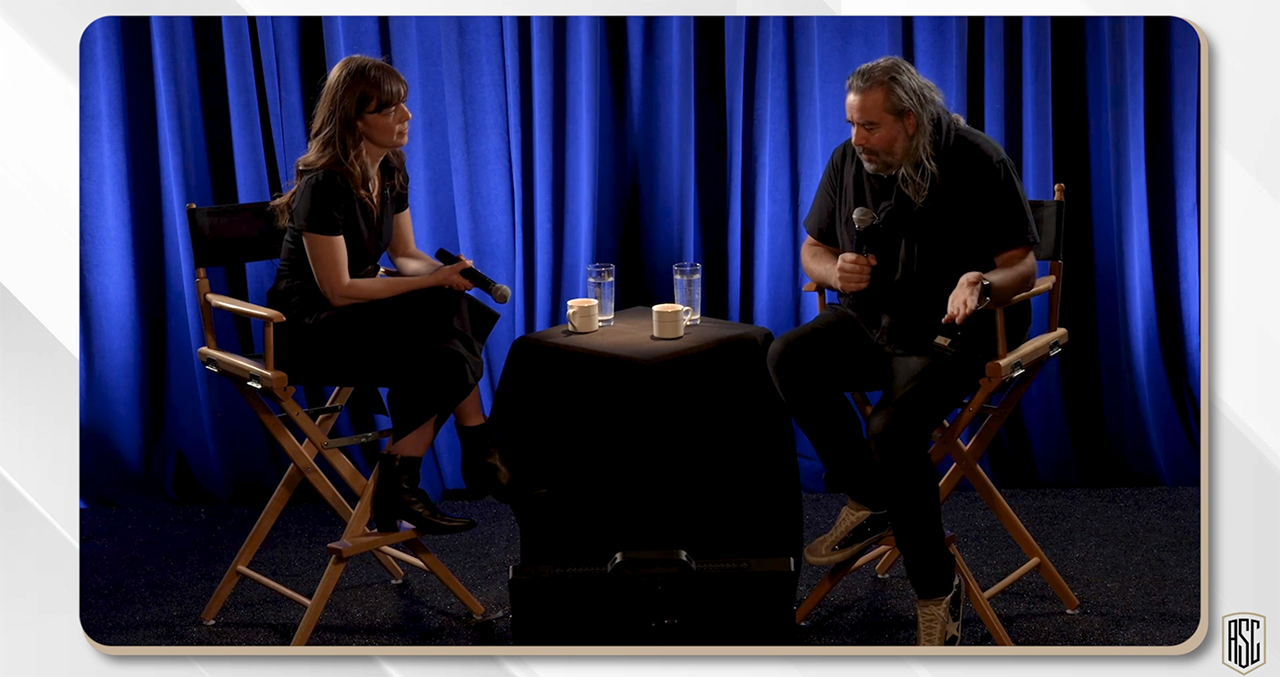
For Hoyte, the cinematography in his work must speak to emotions, and that’s why one of his rules is “less precision, more soul”. Sounds rather curious for a DP who operates an enormous IMAX camera and works with one of the most focused visionary directors of our time. Yet, that’s what van Hoytema has learned during his career: Yes, we’re required to wrangle ever-developing technology and know it inside out. However, sometimes it’s even more important to find ways to step away from an ideal, precise picture and think intuitively and emotionally. Relax and be a little sloppy, in other words. After all, no one is perfect – especially not J. Robert Oppenheimer with his inner struggles, as the film strives to depict.
Maybe that’s exactly why van Hoytema’s sensitive visual approach works so well for this story. Who knows?
Close-ups of Oppenheimer as a storytelling tool
The 3-hour-long biopic follows the theoretical physicist (convincingly portrayed by Cillian Murphy) from his early 20s when he was just an anxious student through to leading the Manhattan Project to develop an atomic bomb. The film examines both Oppenheimer’s professional and personal life as well as the B-story called “Fusion”, about his later public battle with United States Atomic Energy Commission chairman Lewis Strauss (played by Robert Downey Jr.).
For all its epicness, vastness, and bigness, this feature relies on close-ups and details so much that it even starts with one. (Remember the idea that your movie’s first shot bears extreme importance?) Hoyte recalls that it was pretty much already in the script, written almost word for word:
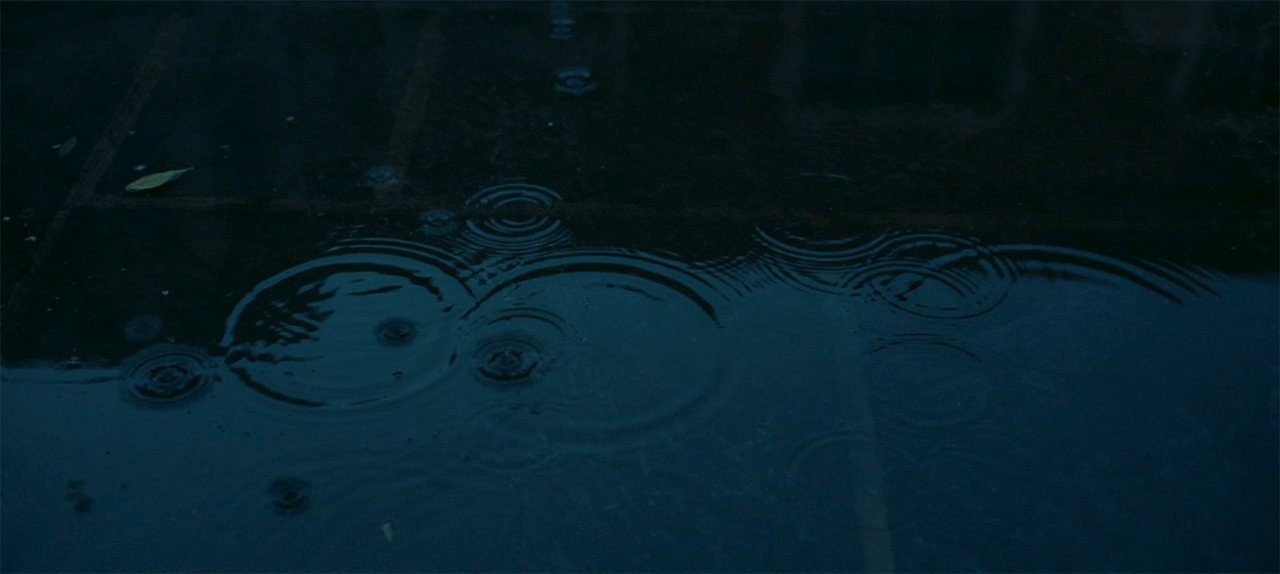
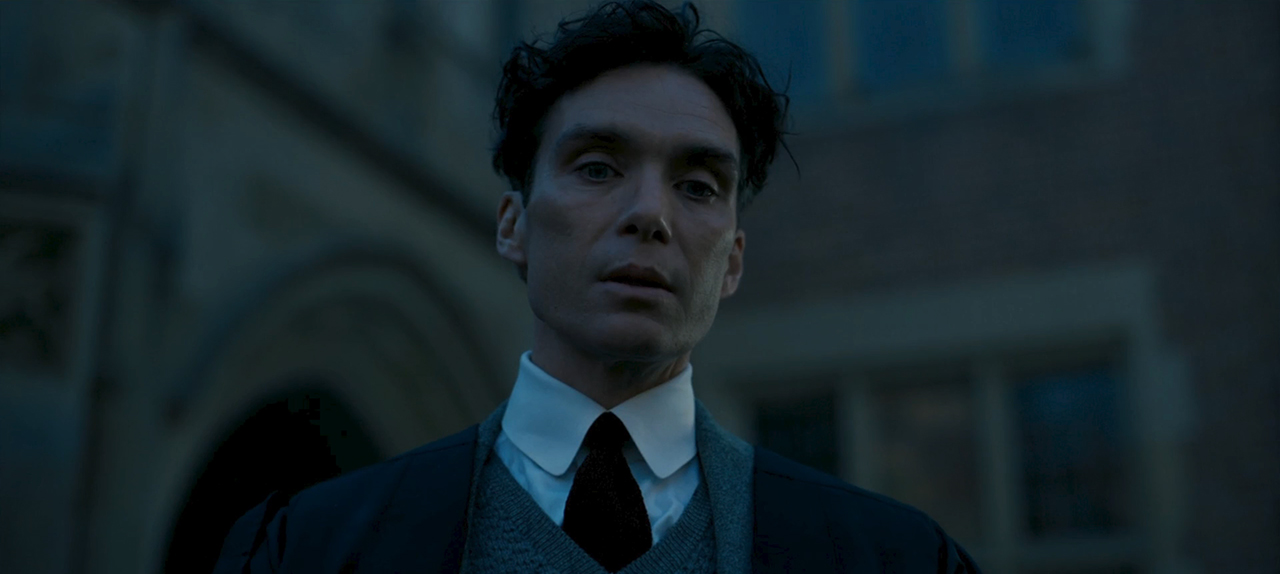
Why close-ups though? As we know, a picture speaks more than a thousand words. What’s on the screen is where the essence lies. Biopic creators didn’t want to make it an objective narrative about events around World War II. No, their goal was to dive into the character’s perspective with all his controversial choices, sparks of genius, doubts, and sorrows. His face became an art canvas for the story. As Hoyte van Hoytema describes it, filmmakers wanted the audience to look into Oppenheimer’s eyes and feel as if we could climb through them and nestle ourselves in his head. Well, that’s exactly how I felt watching this movie. What about you?
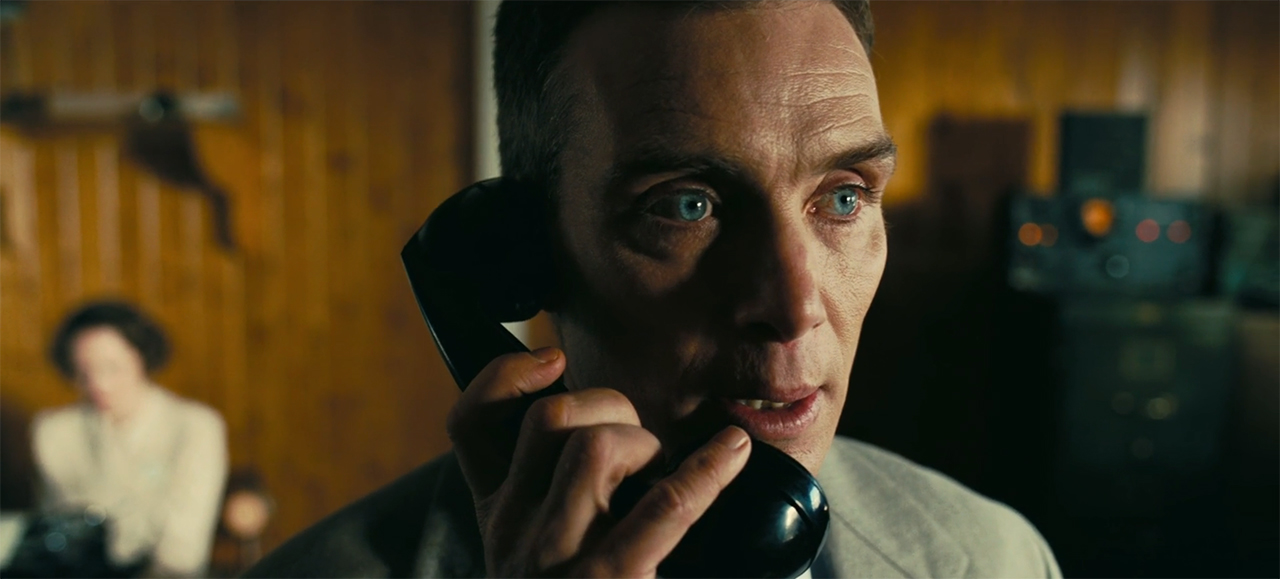
The technical side of this approach
Faces are intimate, and Hoyte van Hoytema admits that Christopher and he had never shot a film so much in people’s faces before. At the same time, they stayed true to working with IMAX cameras (as well as large-format 65 Panavision) and treated portraits as landscapes. This choice – based on Nolan’s love for the format and belief that it offers an unmatched level of immersion – became challenging in execution.
First of all, filmmakers still wanted the flexibility of using large, cumbersome systems while maintaining agility, allowing them to be maneuvered like, say, a GoPro. Many close-ups had to be shot handheld, so Hoyte and his team used his workshop to build rigs and tools unique to this project.
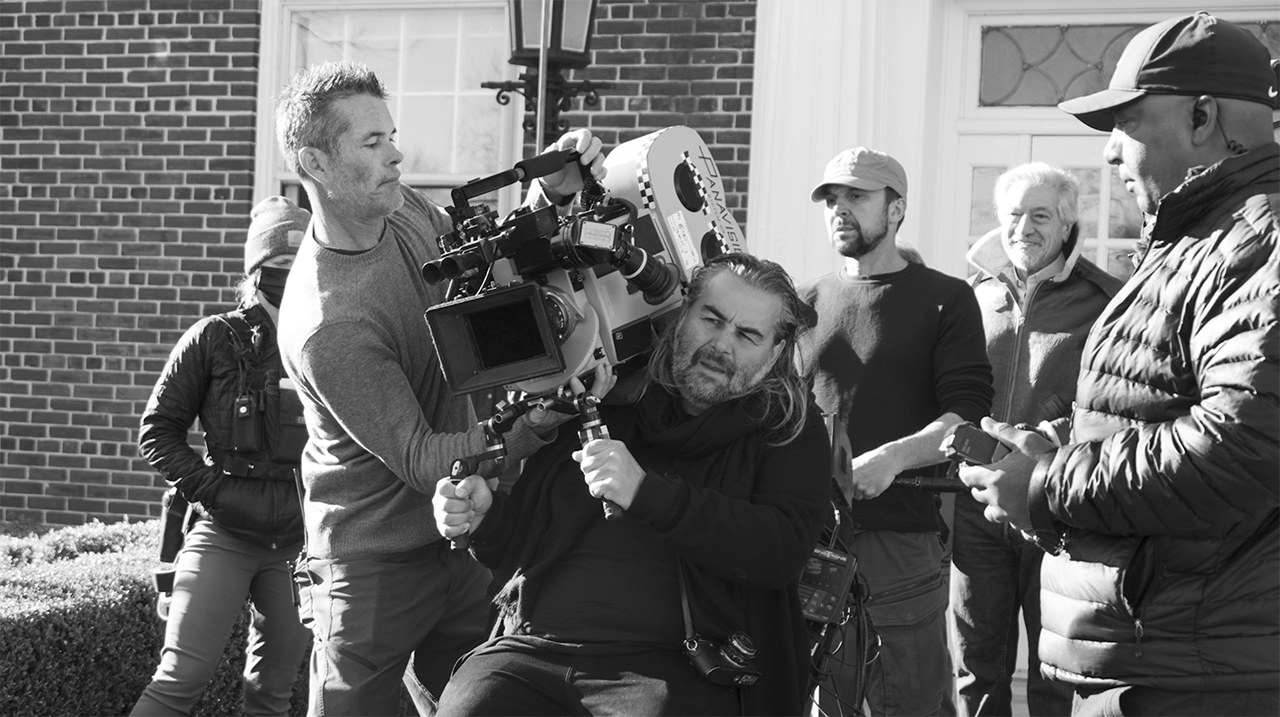
At the same time, shooting close-ups with an IMAX camera posed the challenge of being in tune with the actors. To show Cillian’s face so often and so close up also meant putting a diesel generator in front of him every single day. Remember the famous Oppenheimer speech after the nuclear “success” in Japan, and that distinct feeling of the world falling apart around him? For me, it was one of the most powerful bits of acting. Murphy’s eyes reflected the whole spectrum of emotions his character was going through, and he had to pour his subtle inner world out to an enormous, non-intuitive camera.
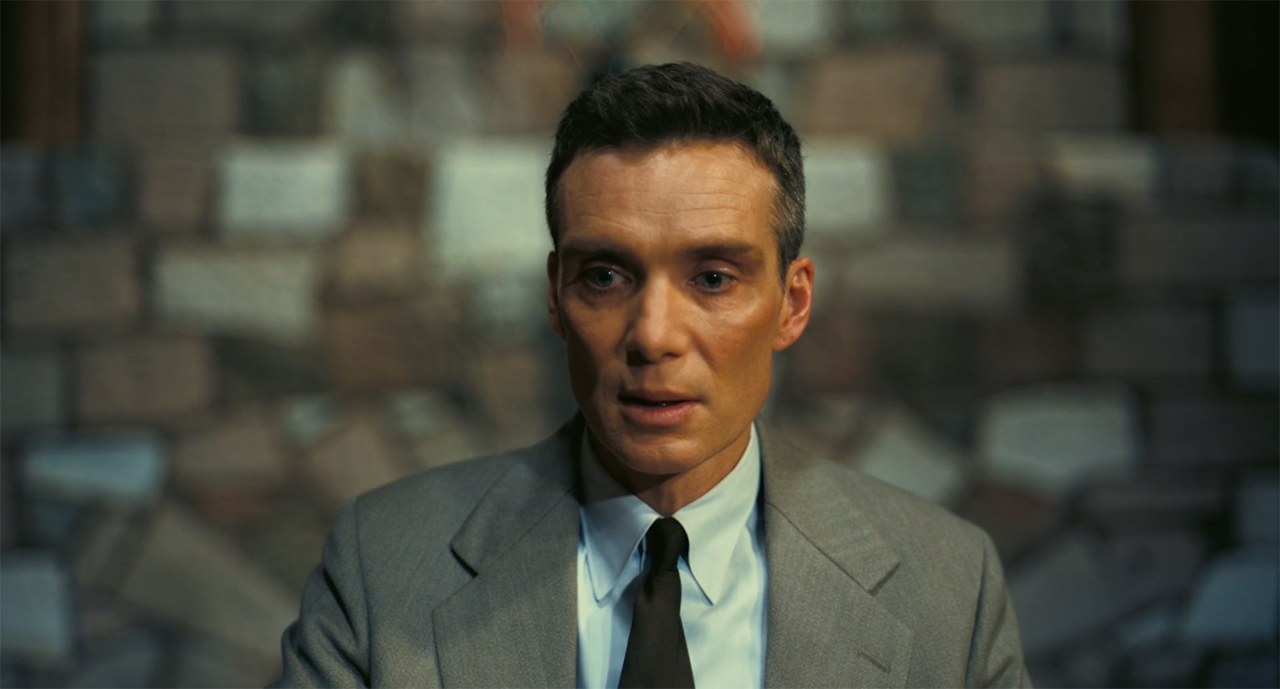
Yet, according to Hoyte, Cillian and the other actors were all in, showing humbleness and respect for the technology. Just imagine the force and inertia of 70mm film pulled through the gate 6-7 inches from your face! That definitely provides a focused atmosphere (and not only in terms of money that you can literally see floating away).
Pulling focus on emotional close-ups of Oppenheimer
Keeping such close-up sequences sharp was another struggle. Dan Sasaki – Panavision’s glass expert – engineered special lenses for “Oppenheimer” that allowed an extremely close focus, which wasn’t possible on IMAX before. Let’s go back to the speech scene for a moment. Here, Hoyte van Hoytema had to watch the action on a little monitor while operating the camera. His usual viewfinder was occupied by the 1st AC Keith Davis, who pulled focus literally by hand.
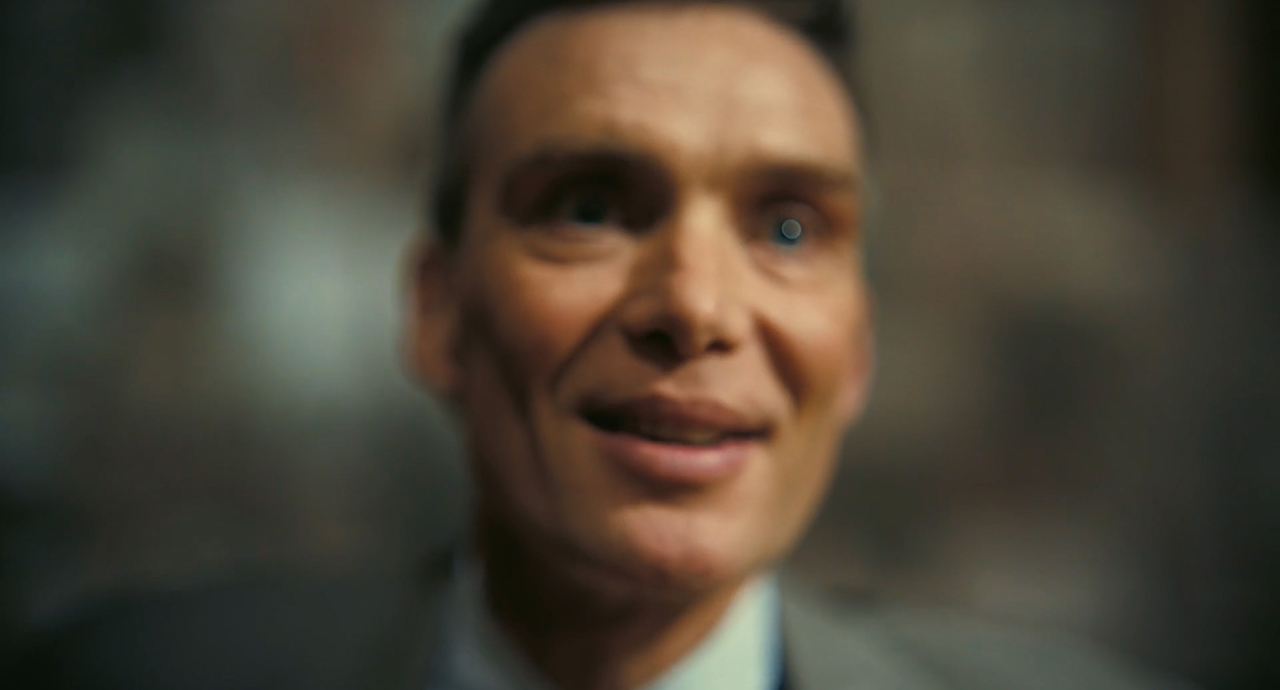
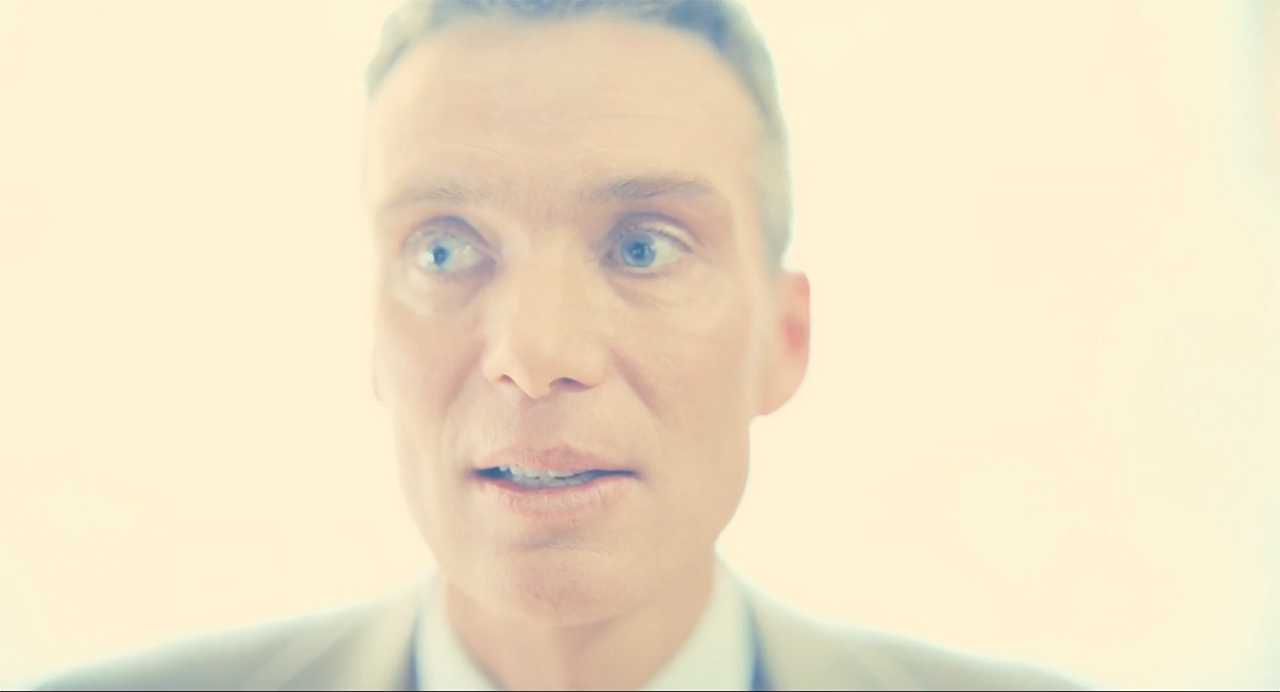
If you watch it, you know it’s not perfect – the protagonist’s face keeps falling in and out of focus. Of course, this wasn’t at all an easy task with a number 2 diopter on the lens of an IMAX camera. However, filmmakers also used focus here as one of the most important storytelling tools, alongside flashes, muffled sounds, and visual effects in the background. This combination achieves an intense visceral experience for viewers. At the same time, it’s the best possible metaphor for Oppenheimer’s state of mind at that moment.
The magic of being so close
As mentioned above, normally Hoyte van Hoytema looks through the viewfinder so he can lose himself in the moment and react intuitively to what he experiences during the take. The cinematographer describes it both as magic and addictive, even if it sometimes means operating in uncomfortable positions.
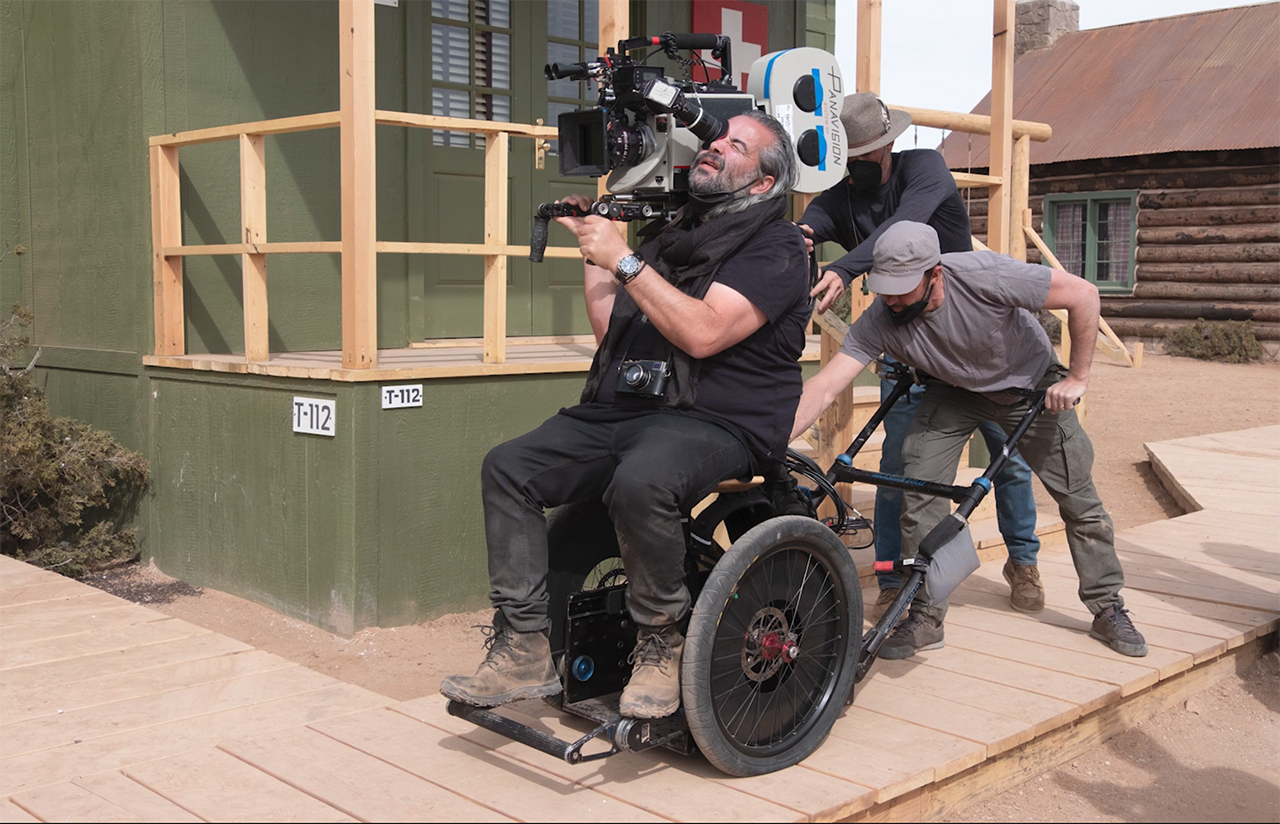
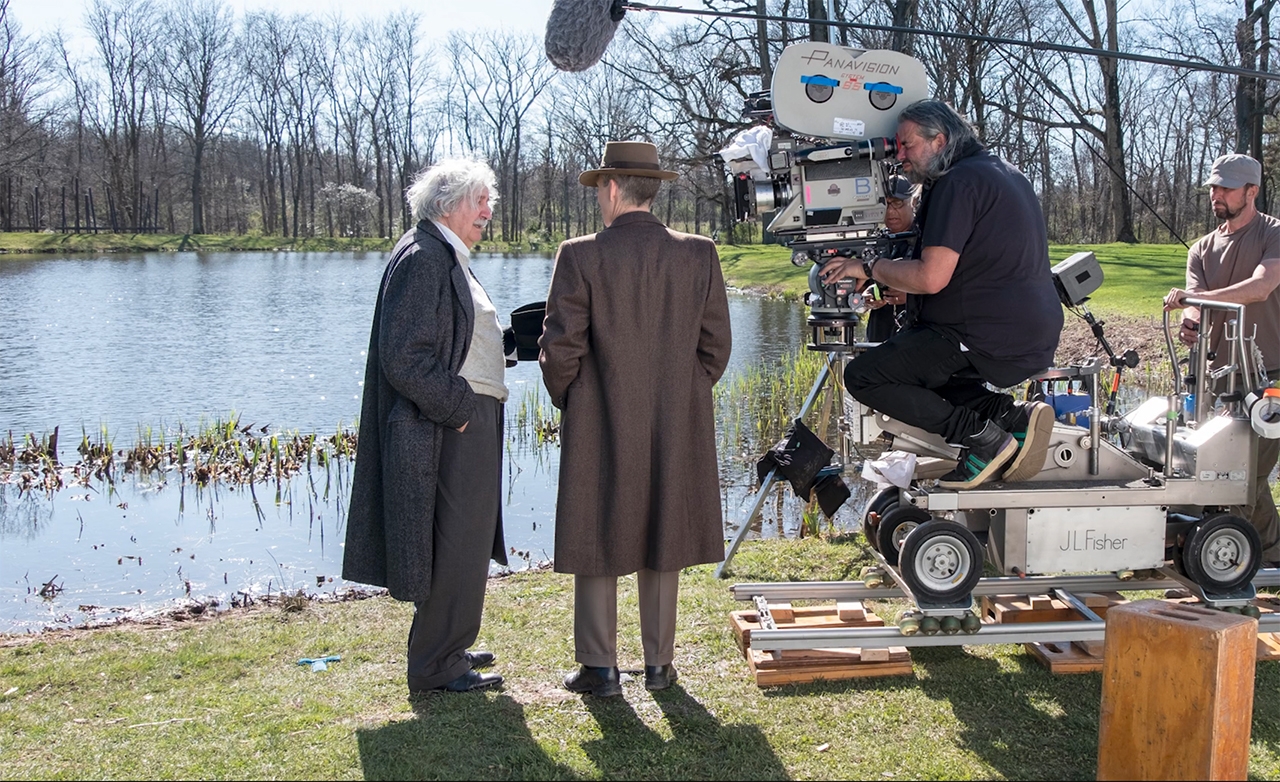
For Hoyte, it feels like an extreme privilege to be the first person to look through that glass and see the action unfold before his eyes. There are some moments when he just knows when a scene will make it into the final film and other people will respond and connect to it. Of course, that’s a big responsibility, but it’s also a very emotional experience. It may explain why he doesn’t give up operating, leaving it his undertaking at all costs.
Also learning from this conversation
In the ASC clubhouse conversation with Hoyte van Hoytema, you will also learn why they decided to use black-and-white film in “Oppenheimer” (which meant that Kodak had to develop a special stock for them), how he approached challenging, intimate scenes between Oppenheimer and his love affair with Jean, and all the technical details about color timing. In the meantime, we will observe which Academy Awards this epic biopic will win, crossing our fingers for Christopher Nolan, who has won no Oscars to date.
Did you watch “Oppenheimer”? What do you think about its cinematography? Which scenes or emotional close-ups resonated with you the most? Let’s talk in the comment section below!
Full disclosure: MZed is owned by CineD
Join MZed Pro now and start watching today!
Feature image: a film still from “Oppenheimer” by Christopher Nolan, 2023.






